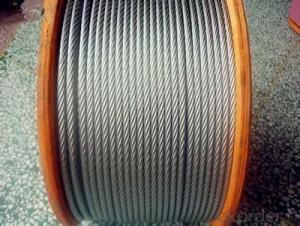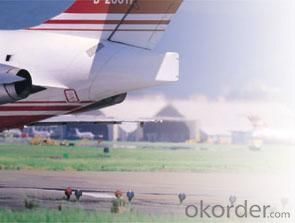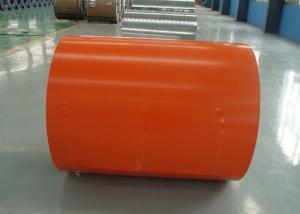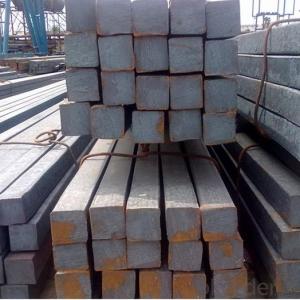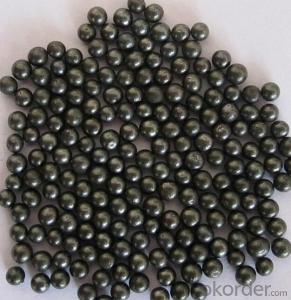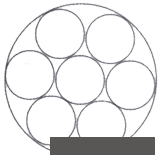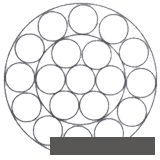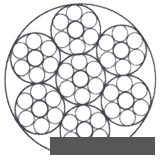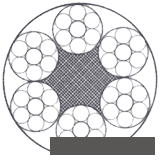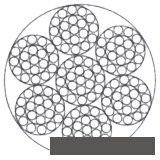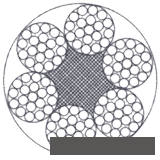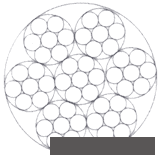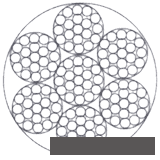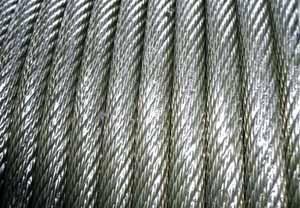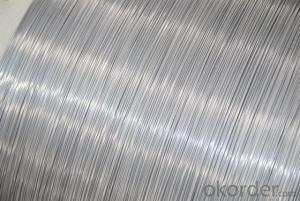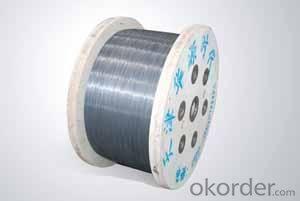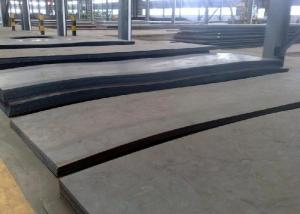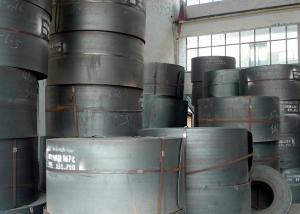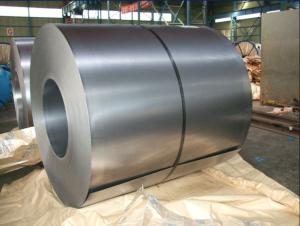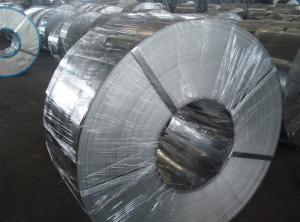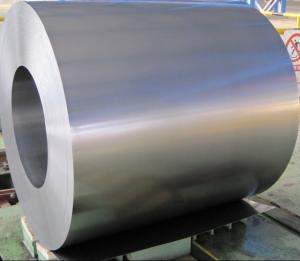STEEL WIRE ROPE FOR AREONAUTICAL
- Loading Port:
- China Main Port
- Payment Terms:
- TT or LC
- Min Order Qty:
- -
- Supply Capability:
- -
OKorder Service Pledge
OKorder Financial Service
You Might Also Like
| ||||||||||||||||||||||||||||||||||||||||||||||||||||||||||||||||||||||||||||||||||||||||||||||||||||||||||||||||||||||||||||||||||||||||||||||||||||||||||||||||||||||||||||||||||||||||||||||||||||||||||||||||||||||||||||||||||||||||||||||||||||||||||||||||||||||||||||||||||||||||||||||||||||||||||||||||||||||||||||||||||||||||||||||||||||||||||||||||||||||||||||||||||||||||||||||||||||||||||||||||||||||||||||||||||||||||||||||||||||||||||||||||||||||||||||||||||||||||||||||||||||||||||||||||||||||||||||||||||||||||||||||||||||||||||||||||||||||||||||||||||||||||||||||||||||||||||||||||||||||||||||||||||||||||||||||||||||||||||||||||||||||||||||||||||||||||||||||||||||||||||||||||||||||||||||||||||||||||||||||||||||||||||||||||||||||||||||||||||||||||||||||||||||||||||||||
- Q: How is steel used in the production of medical devices and equipment?
- Steel is commonly used in the production of medical devices and equipment due to its strength, durability, and corrosion resistance. It is used for manufacturing surgical instruments, implants, orthopedic devices, and various equipment such as X-ray machines, MRI scanners, and hospital beds. Steel's properties make it ideal for applications requiring high precision, sterile conditions, and long-lasting performance in the medical field.
- Q: What are the different types of steel tanks and containers available?
- There are several types of steel tanks and containers available, including storage tanks, pressure vessels, water tanks, fuel tanks, and shipping containers. Each type is designed to meet specific requirements, such as storing liquids or gases, transporting goods, or providing water storage. These steel tanks and containers come in various shapes, sizes, and capacities, catering to different industries and applications.
- Q: What are the advantages of using steel in the manufacturing of security doors and windows?
- The advantages of using steel in the manufacturing of security doors and windows include its high strength and durability, which provides excellent protection against forced entry. Additionally, steel is resistant to fire, corrosion, and extreme weather conditions, making it a reliable choice for long-lasting security solutions. Furthermore, steel's rigidity allows for the design of intricate locking mechanisms and reinforced frames, enhancing the overall security level.
- Q: How are steel products used in the construction of religious buildings and places of worship?
- Steel products are commonly used in the construction of religious buildings and places of worship due to their strength, durability, and versatility. They are utilized in various structural components, such as beams, columns, and trusses, to provide stability and support to the entire structure. Steel is also used for roofing, cladding, and facade systems, offering protection against weather elements while adding aesthetic appeal. Additionally, steel is used in the construction of stairs, railings, and decorative elements, enhancing the overall design and functionality of religious buildings.
- Q: How is steel sheet metal stamped for automotive parts?
- Steel sheet metal is typically stamped for automotive parts using a process called metal stamping. This involves feeding a flat sheet of steel into a stamping press, where a die is used to shape and cut the metal into the desired automotive part. The press applies immense pressure to the steel sheet, causing it to deform according to the shape of the die, resulting in accurately stamped automotive components.
- Q: What are the different types of steel forgings and their applications in the construction of power transmission lines?
- There are several types of steel forgings used in the construction of power transmission lines. Some commonly used types include open-die forgings, closed-die forgings, and seamless rolled rings. Open-die forgings are used for larger components like turbine shafts, while closed-die forgings are ideal for smaller, intricate parts such as connectors and fittings. Seamless rolled rings are commonly used for flanges and couplings. These steel forgings are crucial in ensuring the strength, durability, and reliability of power transmission lines, as they provide the necessary structural integrity to withstand the high tension and weather conditions.
- Q: What are the different types of steel valves?
- There are several types of steel valves, including gate valves, globe valves, ball valves, check valves, butterfly valves, and needle valves. Each type has its own unique design and functionality, catering to specific applications and industries.
- Q: How are steel plates used in the fabrication of storage tanks?
- Steel plates are used in the fabrication of storage tanks to provide structural support and maintain the integrity of the tank. These plates are welded together to form the tank's shell and are strong enough to withstand the pressure and weight of the stored materials. Additionally, steel plates can be coated or lined to prevent corrosion and ensure the longevity of the tank.
- Q: What are the different types of steel shelving systems?
- There are several different types of steel shelving systems available, including boltless shelving, rivet shelving, wire shelving, and industrial shelving.
- Q: How is steel plate formed into complex shapes?
- Steel plate can be formed into complex shapes through various processes such as bending, rolling, and pressing. These techniques involve applying force and pressure to the steel plate, which allows it to be molded and shaped according to the desired design.
Send your message to us
STEEL WIRE ROPE FOR AREONAUTICAL
- Loading Port:
- China Main Port
- Payment Terms:
- TT or LC
- Min Order Qty:
- -
- Supply Capability:
- -
OKorder Service Pledge
OKorder Financial Service
Similar products
Hot products
Hot Searches
Related keywords
